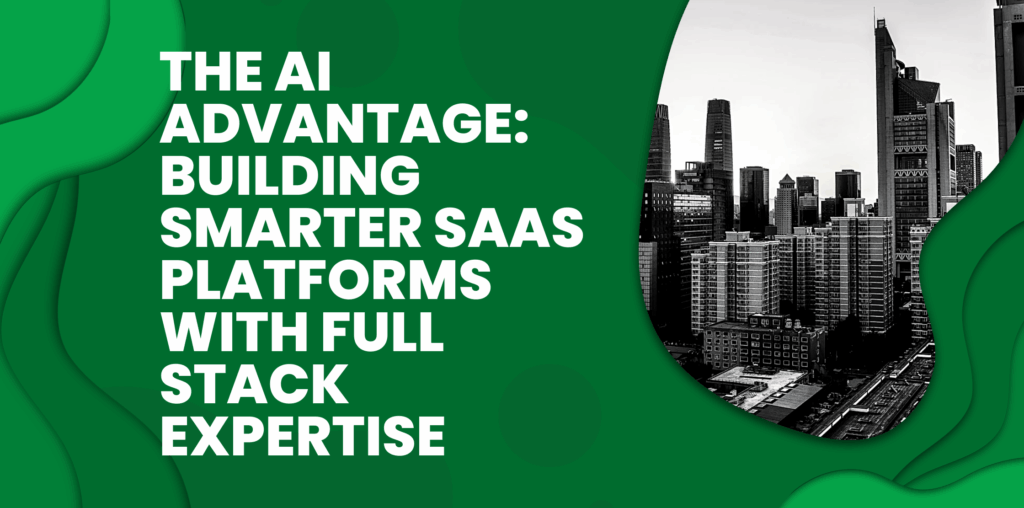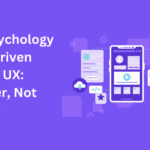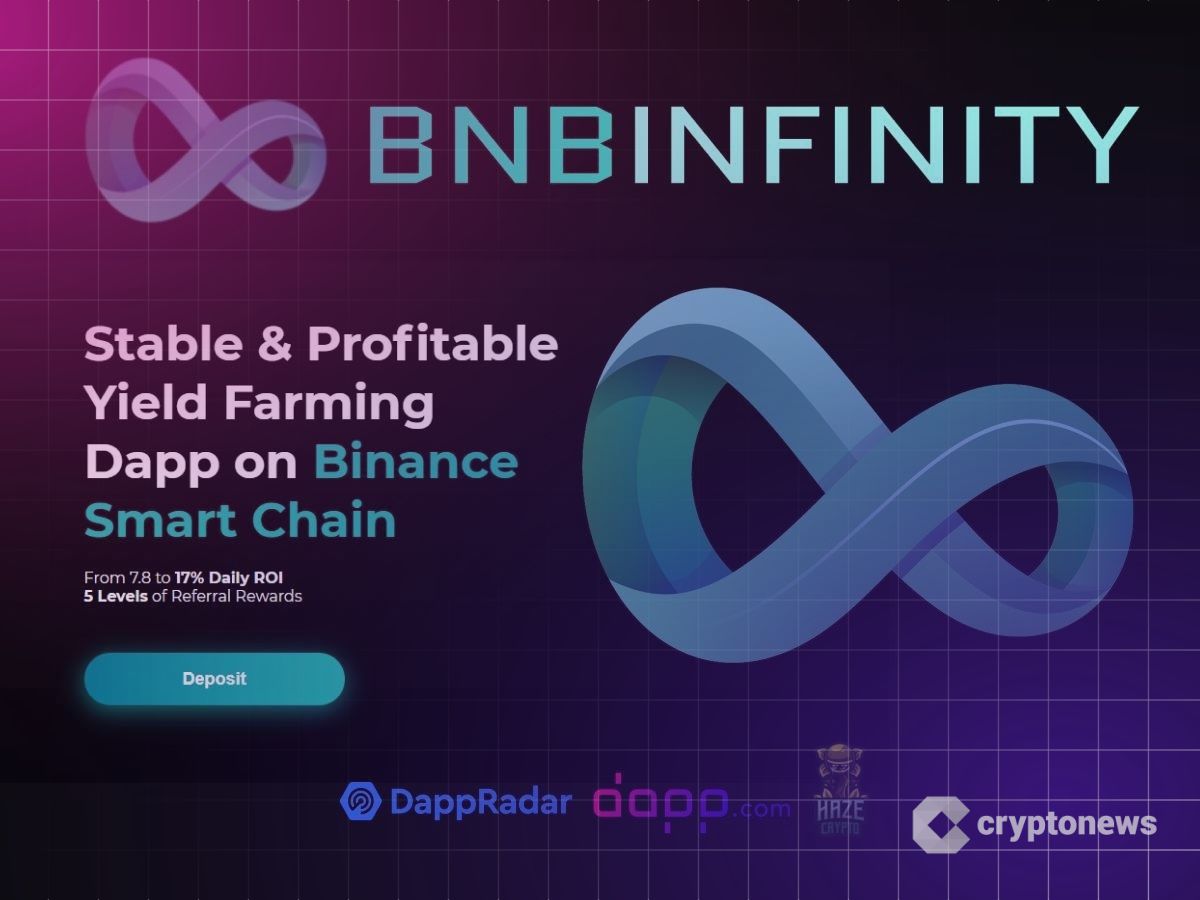SaaS Is Evolving. AI Is the Spark.
Let’s face it: the SaaS world is not what it used to be. Once celebrated for convenience and cost-effectiveness, Software as a Service is now under pressure to do more than deliver digital utility. Users expect intelligence, instant adaptability, and hyper-personalized experiences. This is where AI enters the picture. But what truly makes AI-powered SaaS successful isn’t just the AI. It’s how well it’s integrated across the stack. And that’s where full stack expertise proves non-negotiable.
The story here isn’t just that AI is transforming SaaS. It’s that full stack development is the backbone allowing that transformation to scale and sustain. SaaS may wear the AI suit, but full stack is the muscle and mind underneath it.
Why AI Alone Isn’t Enough
AI is often treated as a magic wand. Drop it into a SaaS product and suddenly it’s “smart.” But real-world applications are messier. AI models don’t function in a vacuum; they need a seamless flow of quality data, efficient backends, responsive frontends, secure integration layers, and scalable infrastructure.
That’s a full stack problem. And it’s also a full stack opportunity.
When you look under the hood of AI-powered SaaS platforms that genuinely work—whether it’s predictive analytics in CRMs or recommendation engines in e-commerce apps—you see a symphony of components. Frontend UX/UI that adapts based on behavior. Middleware orchestrating data pipelines. Backend APIs feeding machine learning algorithms in real time. Security, scalability, performance, monitoring—all dancing together to make AI usable, not just a buzzword.
Full Stack Developers: The Real AI Enablers
Talk to any CTO leading a successful SaaS product today and they’ll tell you: full stack developers are their secret weapon. They understand how to build a feature end-to-end, which is crucial when AI logic must tie into every layer of the application.
Here’s the irony. While AI models often steal the limelight, it’s the architectural finesse—the webhooks, the caching strategies, the microservices architecture, the efficient frontend rendering—that makes or breaks the user experience.
An AI-powered chatbot is only useful if it responds in under a second. Predictive analytics matter only if the dashboard updates in real time. And that’s where full stack developers thrive: making sure all these elements talk to each other without lag, bottlenecks, or data loss.
They don’t just stitch AI in; they embed it organically.
Personalization Starts at the Stack
The modern SaaS experience isn’t defined by features. It’s defined by personalization. A user logs in and gets recommendations, layout changes, even pricing options tailored to their behavior and preferences. That kind of personalized experience doesn’t start at the interface—it starts at the architecture.
Frontend frameworks like React or Vue.js adaptively render components based on real-time user behavior. Middleware tracks interactions and passes insights down to AI layers. The backend crunches those numbers against historical data and returns contextual outputs. And all of it must happen quickly, accurately, and without security lapses.
None of this is achievable without full stack fluency.
The Infrastructure Behind Intelligence
AI eats data. And to feed it well, your infrastructure needs to be not just robust but anticipatory. From setting up data pipelines that clean and categorize incoming user data to managing CI/CD pipelines that keep models updated, full stack developers are hands-on in making this system tick.
Consider how a SaaS marketing platform uses AI to optimize campaign delivery. The AI engine may calculate the best time to send an email, but it needs infrastructure that can:
- Pull in real-time user activity logs
- Validate and process those logs efficiently
- Feed them into training models
- Schedule executions via background jobs
- Monitor delivery performance and adjust thresholds
A weak link in this chain means your AI suggestions are either late, wrong, or both. With full stack expertise, every cog in this wheel is tuned for reliability and speed.
The Frontend: Where AI Feels Human
Too often, AI features live deep in the backend and remain invisible to users. But in SaaS, perception is reality. Users need to feel the intelligence.
That requires frontend developers who don’t just build interfaces but understand what AI is doing behind the scenes. They can translate machine outputs into intuitive UX elements: dynamic dashboards, smart filters, contextual alerts, and adaptive layouts. It’s about storytelling, not just data representation.
Take AI-driven project management tools. When deadlines shift, AI models may reprioritize tasks based on patterns. A good frontend developer turns that into a visual experience: tasks reordering themselves, notifications with contextual insights, color-coded urgency indicators. That’s what gives users the sense that the app is intelligent—not just functional.
Middleware and APIs: The Unsung Heroes
APIs are the circulatory system of modern SaaS platforms. Especially with AI, where models may live on external services, APIs ensure communication is seamless and secure.
Full stack developers don’t just consume APIs. They build them with foresight. They anticipate use cases, handle edge conditions, rate-limit access, and design for extensibility.
This is especially critical when you’re integrating third-party AI services like OpenAI, Amazon SageMaker, or Google Cloud AI. You need robust middleware that:
- Preprocesses data in real time
- Converts outputs into usable formats
- Logs and audits API usage
- Manages access tokens and renewals
It’s not glamorous work, but it’s vital. Without solid middleware, AI features are brittle, inconsistent, and vulnerable.
Continuous Learning Requires Continuous Delivery
AI is never finished. Models must be retrained. Data changes. User expectations evolve. That means your SaaS product isn’t a launch-and-leave deal—it’s an ongoing conversation.
Full stack teams make that continuity possible. From automated testing pipelines that ensure new data doesn’t break the app to DevOps practices that streamline deployments, they turn AI development into a living, breathing cycle.
They also bake in observability. With monitoring tools and log aggregators, they track how AI features are performing in the wild. Are recommendations actually converting? Are chatbots delivering accurate responses? If not, they push updates, reconfigure models, or even revert to fallbacks—all without users experiencing a hiccup.
Security and Compliance Aren’t Optional
As AI in SaaS gets smarter, it also becomes a bigger target. From GDPR to HIPAA to SOC 2, compliance is no longer an afterthought. When your SaaS is making decisions on behalf of users, you need transparency, auditability, and airtight security.
Full stack developers, again, are key. They understand how to encrypt data at rest and in transit, how to anonymize user information for model training, and how to enforce role-based access controls across microservices.
When something goes wrong—an AI model gives a flawed recommendation or a user flags a privacy issue—they can trace it back, debug it, and fix it. That’s what builds trust.
Why Full Stack Thinking Is the Future of AI SaaS
What makes AI really intelligent isn’t just math; it’s integration. And full stack developers are the ultimate integrators.
They don’t just write code. They connect dots. They make sure the user experience, business logic, and machine learning outcomes exist in harmony.
In a world where SaaS platforms are racing to stand out, AI is no longer a differentiator—it’s table stakes. What separates the great from the good is how deeply AI is embedded, how consistently it performs, and how seamless it feels.
That can’t happen without full stack thinking at every level.
Conclusion: Where AI Ambition Meets Execution
There’s a lot of noise around AI in SaaS. And much of it focuses on what the tech can do. But very little focuses on how to make it actually work—reliably, scalably, and humanely.
That’s where full stack developers change the game. They don’t just enable features; they engineer experiences. They ensure your AI ambitions don’t just live in demos, but thrive in production.
Whether you’re launching a new SaaS platform or retrofitting AI into an existing one, remember this: your smartest move may not be the latest model, but the strongest architecture. And that starts with full stack development services.




